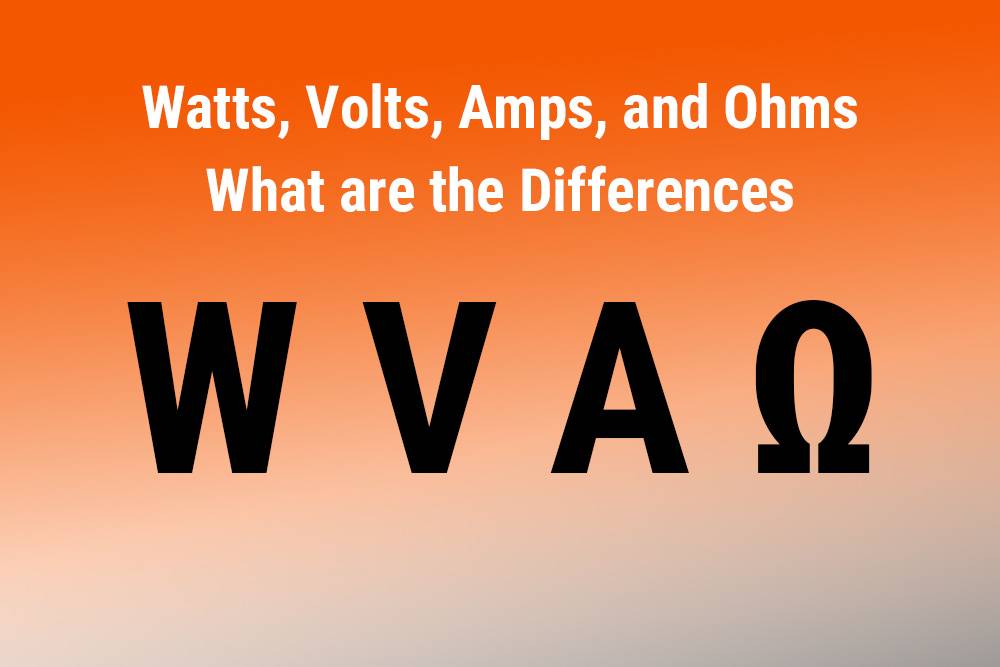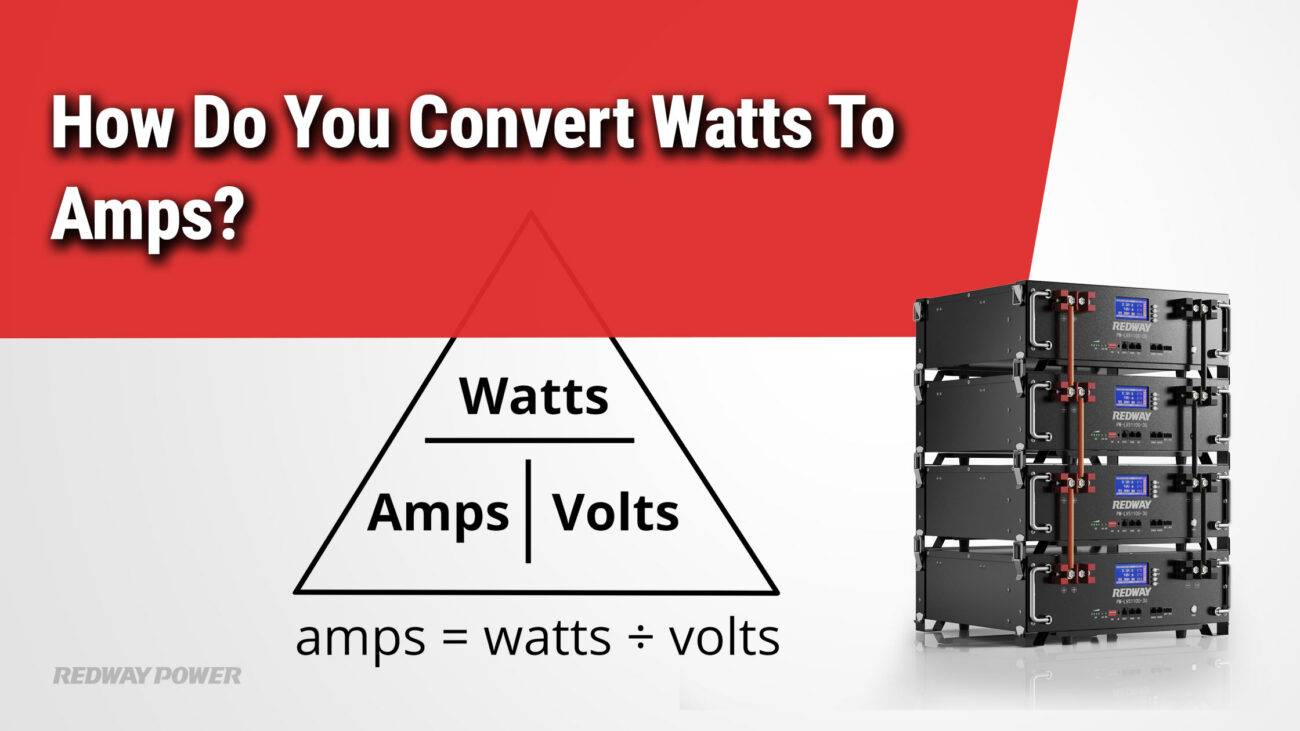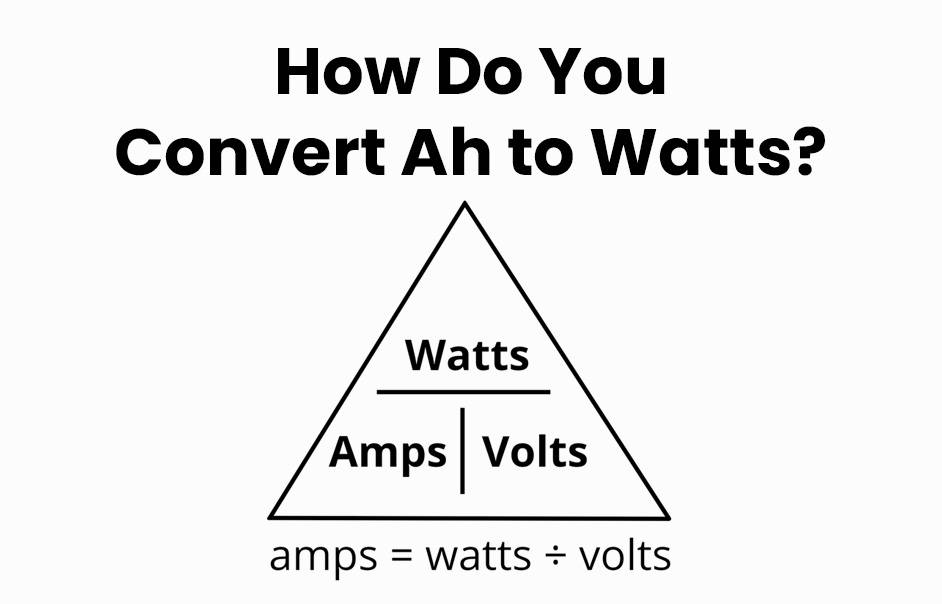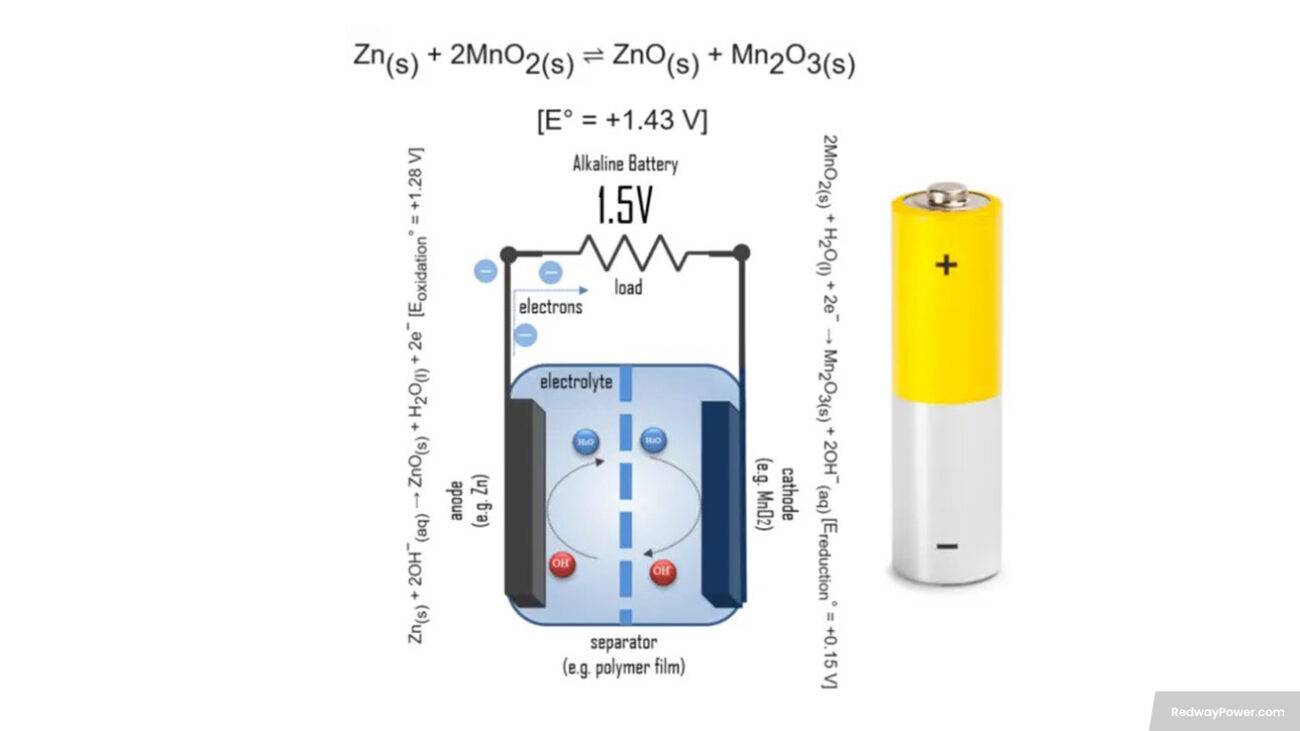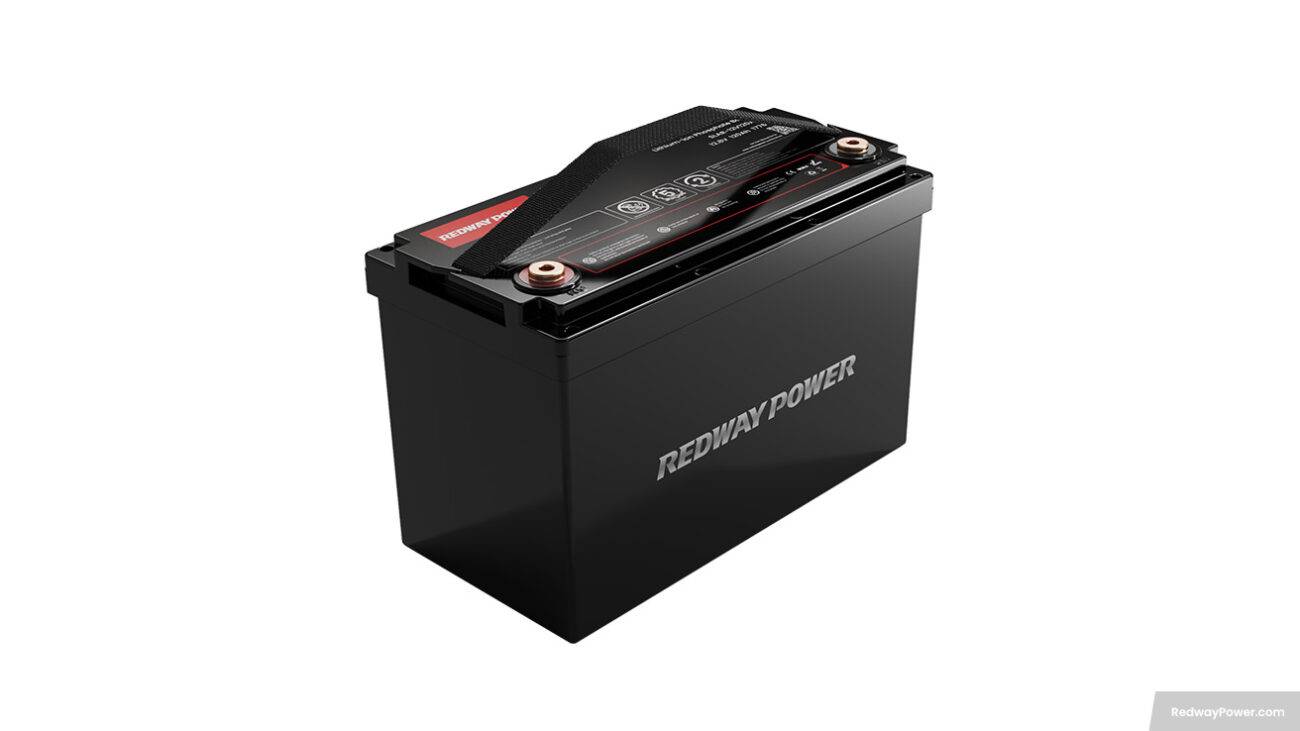Understanding the basics of electricity is essential for anyone working with electrical systems, whether it’s for home projects or RV setups. Watts, volts, amps, and ohms are fundamental concepts that play a crucial role in how electricity behaves and functions. Let’s delve into each of these concepts to gain a better understanding.
Amps
Amps, short for amperes, measure electrical current—the rate at which electrons flow through a conductor like a wire. In simple terms, it’s the volume of electricity flowing through a circuit. Think of it like the flow rate of water through a hose—the higher the amps, the more electrons are flowing.
Volts
Volts measure electrical voltage, which is the difference in electrical potential between two points in a circuit. It’s what pushes electrons through a conductor, similar to water pressure pushing water through a hose. Higher voltage means more force pushing the electrons, just as higher water pressure means more force pushing water.
Ohms
Ohms measure electrical resistance in a conductor, like a wire. Resistance opposes the flow of electrons and is represented by the letter “R” in electrical equations. In our analogy, resistance is like the diameter of the hose—the wider the hose, the less resistance, and the easier it is for water to flow through. Similarly, materials with low electrical resistance, like copper wire, allow electrons to flow more easily.
Watts
Watts measure power—the rate at which electrical energy is transferred in a circuit. It’s a combination of voltage and current and is represented by the letter “P” in electrical equations. In our analogy, increasing watts is like increasing the power generated by a water wheel. You can do this by either increasing the flow rate (amps) or increasing the pressure (volts) of the water hitting the wheel.
Bringing It All Together
The relationship between watts, volts, amps, and ohms is described by the formulas you’ve mentioned:
(Power equals Voltage multiplied by Current)
(Power equals Current squared multiplied by Resistance)
These equations show how power (in watts) is related to voltage (in volts), current (in amps), and resistance (in ohms). The SI units for these quantities are as follows:
- Power (P): Measured in watts (W)
- Voltage (V): Measured in volts (V)
- Current (I): Measured in amperes (A)
- Resistance (R): Measured in ohms (Ω)
Conclusion
Understanding the differences between watts, volts, amps, and ohms is essential for anyone working with electrical systems. By grasping these fundamental concepts, you can better comprehend how electricity behaves and make informed decisions when designing or troubleshooting electrical circuits.
Whether you’re embarking on an RV electrical project or tackling home renovations, having a basic understanding of watts, volts, amps, and ohms will empower you to work with electricity safely and effectively.
FAQs
Why is it important to consider amps when designing an electrical system?
Amps are crucial in electrical system design because they determine the size of wires needed to ensure safety and efficient power delivery.
How does higher amperage affect wire size?
Higher amperage requires bigger wires to safely handle the electrical load. Properly sized wires are essential for preventing electrical fires and maintaining system integrity.
What is voltage drop, and how does it relate to amperage?
Voltage drop occurs when the voltage at the end of a cable is lower than at the beginning, often due to high amperage or long cable runs. Increasing wire diameter helps reduce voltage drop and ensures consistent power delivery.

Why is it important to conserve battery power in RV and boat applications?
Conserving battery power is crucial in mobile applications like RVs and boats. Higher amperage draws more battery power, so understanding and managing amps helps optimize battery usage.
How does increasing voltage affect amperage?
Increasing voltage reduces amperage for the same power output. For example, doubling the voltage halves the amperage required. This allows for smaller wire sizes and reduces system weight and complexity.
What factors should be considered when designing an electrical system?
When designing an electrical system, consider amps, volts, and watts, as they all play essential roles in power delivery. Understanding how these components interact ensures the creation of a safe and efficient electrical system.
What is an Ammeter?
An ammeter, also known as an ampere meter, is a device used to measure electric current in units of amperes (amps). It can measure both direct current (DC) and alternating current (AC). An ammeter is typically represented by a circle with the letter “A” inside.
How does an Ammeter Work?
An ammeter measures the current flowing through a component by connecting it in series with the circuit. It detects the flow of electricity, providing a reading in amps.

What are the Types of Ammeters?
There are two primary types of ammeters:
- Shunt Meter: Installed in permanent DC electrical installations, shunt meters are connected in series on the negative side of the circuit. They measure the current flowing through the system.
- Hall Sensor (Amp Clamp): Also known as amp clamps, these meters use a Hall sensor to measure both AC and DC current. They do not require breaking the wire and are commonly used in portable devices.
When Would You Use an Ammeter?
Ammeters are used by electricians, engineers, and enthusiasts to troubleshoot, design, and build electrical circuits. They help determine the current flow in individual wires, aiding in circuit verification and troubleshooting.
What is a Shunt?
A shunt is a low-resistance connection between two points in an electric circuit. In applications like RV battery systems, a shunt can be installed to monitor the state of charge of the battery/batteries.
What is Ampacity?
Ampacity refers to the maximum amount of current that a cable or wire can safely carry. It is crucial to choose wiring or cables with an ampacity rating higher than the anticipated current to prevent overheating and electrical fires.
Are AC Amps and DC Amps the Same?
While both AC (alternating current) and DC (direct current) refer to types of current flow, they are not the same. AC current changes direction periodically, while DC current flows in one direction only.

What is an Amp-Hour?
An amp-hour (Ah) is a unit of electric charge that describes a battery’s capacity to provide a continuous current for a specific duration. It is commonly used to measure the energy storage capacity of batteries in applications like RVs and boats.
Why Do Amps Matter in Electrical System Design?
Amps are crucial in electrical system design as they determine the wire size needed for safety and efficiency. Higher amps require larger wires, and understanding ampacity helps prevent overloading wires and devices. Additionally, higher voltage decreases amperage, reducing wire size and weight in electrical systems.

